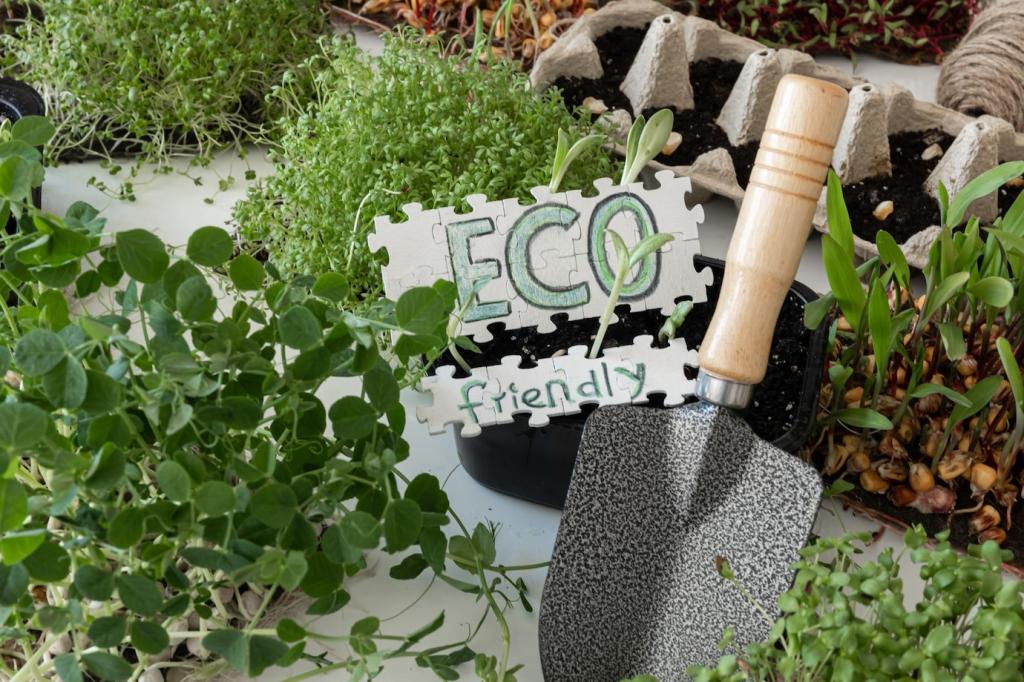Biodiversity Bursting from Small Spaces
Layering tall canopy trees with understory species and shrub thickets multiplies niches for nesting, feeding, and shelter. Even a few dozen square meters become a lively patchwork, alive with rustles, nectar trails, and morning birdsong.
Biodiversity Bursting from Small Spaces
Flowering natives stitch seasons together, feeding bees, butterflies, and hoverflies from spring to fall. Their activity supports birds and beneficial predators, creating a balanced loop that reduces pests without chemicals and enlivens balconies overlooking the grove.




